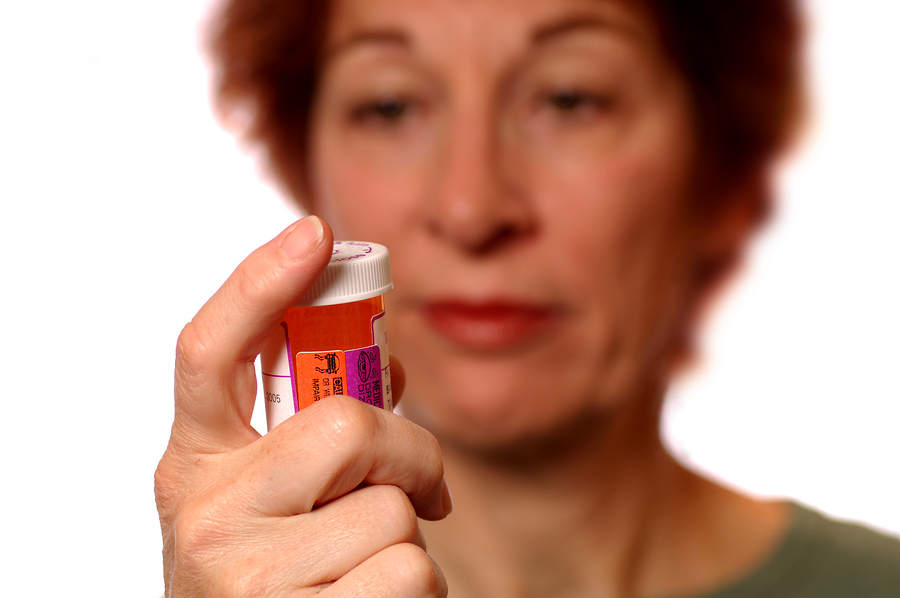An Open Letter to My Senator: CDC Has Killed Me
/(Editor’s Note: Charles Malinowski is a 59-year old Paso Robles, California man who lives with Reflex Sympathetic Dystrophy (RSD), degenerative disc disease, ankylosing spondylitis, spinal stenosis and other chronic pain conditions. He recently wrote this open letter to U.S. Senator Kamala Harris (D-CA). We thought his letter worth sharing with PNN readers.)
Dear Senator Harris,
The CDC has killed me!
Let me repeat that: The CDC has killed me!
I have a severe neurological condition that causes me unspeakable and crippling pain. Pain medication is literally the only thing keeping me alive. But with the issuance of the CDC’s short sighted, so-called voluntary opioid prescribing guidelines -- which are being rammed down the throats of medical providers -- my pain management doctor has cut me off of opiates.
For the last 10 years, I have been subjected to nearly every type of physical therapy, medical treatment and medication applicable to my affliction. The one and only thing that has ever had any demonstrable benefit in even temporarily suppressing my pain to a tolerable level has, unfortunately, been opiates.
In early October, I was told that I would have to stop taking either the oral opiates or the intrathecal opiates, as it was now illegal for a person to receive two different types of opiates via two different delivery methods concurrently. This was a major problem, as even with both oral and intrathecal opiates, my pain was severely under-managed to the point where I was almost completely bedridden. I left the house only to go to doctor's appointments.
When I was told that my pain management regimen - specifically the opiates - was going to be cut in half, even though my pain was already grossly under-managed, I spoke out about this.
CHARLES MALINOWSKI
As a result, not only was I cut off from the oral opiates, I got kicked out of the pain management practice where I have been a patient for more than seven years. The doctor said he didn't want to risk his license - but was perfectly willing to risk my life - over the CDC opioid guidelines. These guidelines are supposed to be voluntary and are not supposed to take desperately needed pain medication away from legitimate chronic pain sufferers such as myself.
I expect that within 60 days, I will be dead from either heart failure or a stroke due to my body's inability to cope with the stress of the unrelenting pain. My neuropsychologist, who has been treating me for nearly 10 years, has consistently rated my level of pain as moderate to extreme, even while being medicated with both oral and intrathecal opiates, which I am now denied.
I'm not dead yet, but within 60 days I expect that the CDC will have effectively killed me. I honestly don't see myself being able to tolerate the pain any longer than that.
Congress, in going along with this blindly, will be explicitly complicit in this negligent homicide - or homicide by depraved indifference, take your pick - of one Charles James Malinowski, that being myself.
I would like to thank you, Senator, and all the rest of your colleagues for murdering me.
To help ease your conscience, it is not just me that Congress is complicit in murdering, but thousands, possibly tens of thousands of people in like positions.
Sincerely,
Charles Malinowski
Pain News Network invites other readers to share their stories with us. Send them to editor@painnewsnetwork.org
The information in this column should not be considered as professional medical advice, diagnosis or treatment. It is for informational purposes only and represents the author’s opinions alone. It does not inherently express or reflect the views, opinions and/or positions of Pain News Network.













































